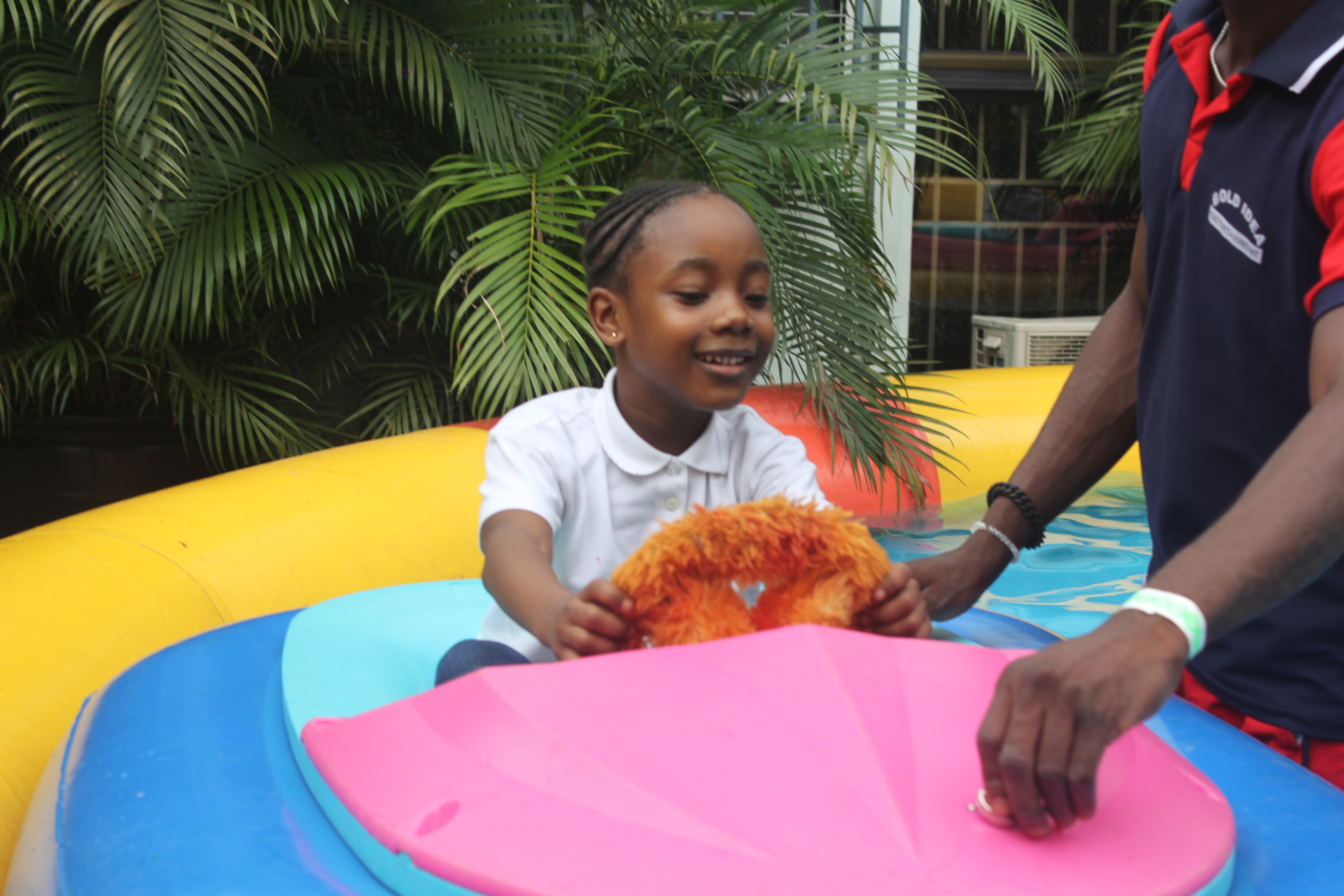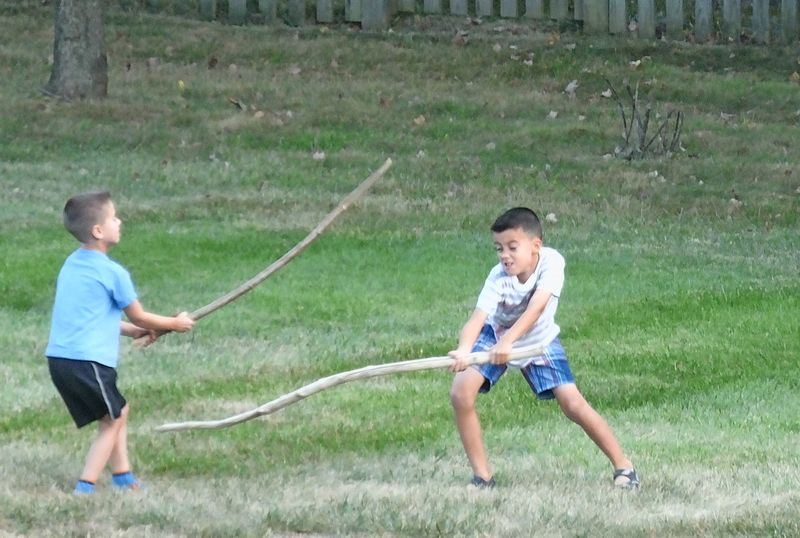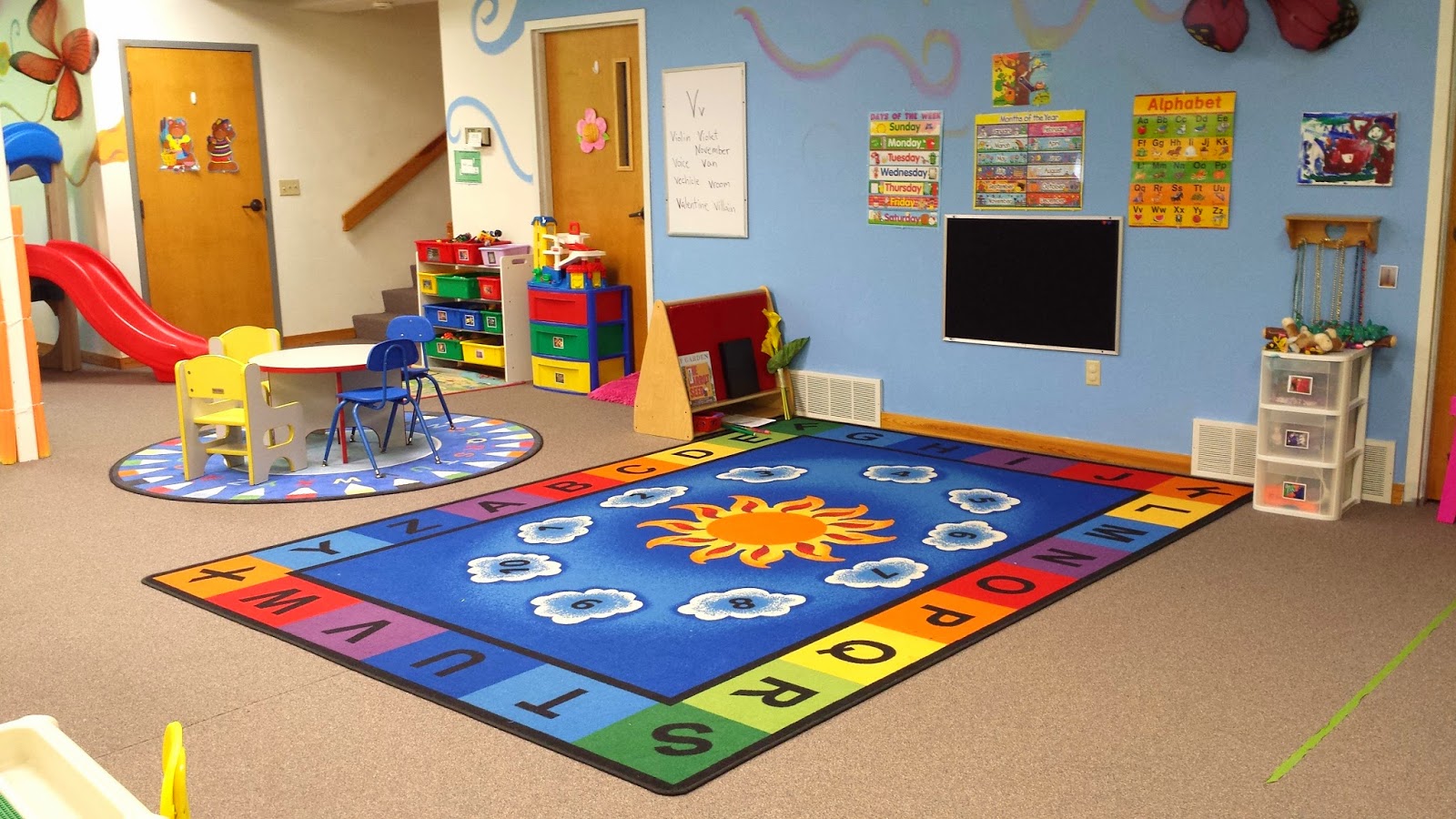Play is a universal phenomenon and a right of childhood. Young Children learn new things just by playing. The role of play in early childhood education should not go unnoticed, instead should be included in Early childhood education (ECE) curriculum. But, the question left to be solved is the intertwined relationship between work and play; are they the same? What role do adults play in early childhood development?
What is Play?
Play has been defined as any activity freely chosen, naturally driven, and personally directed. Play is any activity undertaken with a playful frame of mind. Play is the lens through which children experience their world and the world of others. Play is the first thing children get acquainted with, and this forms their thinking as they grow and develop.
Regrettably, the role of play in early childhood education is often underrated in favour of a direct institution. Play in early childhood education should not be understated, as it needs to be part of ECE curriculum. It is an aspect of learning through which young children can develop cognitive and social skills. Early Childhood education is so crucial for young children because most of what they study prepares them for the next phase.
In play, we can imagine situations never encountered before and learn from them, i.e. toy aeroplanes brought about real ones. Young children playing, breeds creativity. Children play longer when they are provided with adequate materials and objects. Playful environments, toys, puzzles, outdoor activities all contribute to active play.
However, let’s not think all play is lucrative. Play which involves the use of solid or sharp objects for its own sake cannot serve the purpose of significant early childhood development. Some children endanger themselves by making use of dangerous weapons or piercing objects such as stones, knives, sticks in play at each other. Such playful activities are unsafe and detrimental to their health and also that of the society. There was a case that happened in Ondo state, Nigeria, in 2010 which involved one elementary school girl who playfully pulled the trigger of a gun she found in the school premises thereby causing the death of another school mate.
The role of play in young children is expected to be productive. Play creates a brain that has increased “flexibility and improved potential for learning later in life”. It allows young children to explore, identify, take risks and create meaning. There are ten types of play that are crucial to the total development of a child. They include unoccupied play, solitary play, onlooker play, parallel play, associative play. cooperative play, fantasy play, competitive play, physical play and constructive play.
Types of Play
- Unoccupied play - Refers to activity when a child isn’t playing at all. He/she may be engaged in seemingly random movements with no objectives i.e. mostly toddlers.
- Onlooker play - In this type of play children observe each other playing, without joining in.
- Associative play -Children begin to play together, developing interactions through doing the same activities or playing with similar equipment or by imitating.
- Cooperative play- Children interact, take turns, share and decide how and what to play. They collaborate, develop, and negotiate ideas for their play. Cooperative play brings together all of the social skills your child has been working on and puts them into action.
- Solitary play - Also known as independent play. This type of play is important because it teaches young children how to keep themselves entertained. It is common in children around ages 2 or 3 years.
- Parallel play - The child plays side by side with another child, often with similar materials but without interacting. Despite having little social contact with her playmate, children who parallel play learn quite a bit from one another like taking turns and other social niceties, because even though it appears they aren't paying attention to each other, they genuinely are and often mimic the other one's behaviour
- Fantasy play -As the name implies fantasy play is all about children using their imagination. It is in fantasy play that you will find children playing dress up, role play etc.
The intertwined relationship between Play and Work
Play and work often get used interchangeably. The correlation between play and work cannot be thoroughly emphasized. However, debates surrounding play and work in early childhood education remain an issue for ECE curriculum. Some curriculum stresses the need for content skills, i.e. academic-based learning for ECE. This program promotes direct instruction, workbook exercises, drills and practices. In this type of learning, performance is based on IQ and test given to children; play is often left out. Other curriculum supporters favor Piaget’s theory which believes in children learning by including play into work. This is the child development approach in which work with manipulatives, social interaction, and a more traditional method is encouraged.
Debates surrounding this orientation seem to be growing especially with the increase demands for a focus on academic skills. Parents and educators need to understand that children in preschool require play to ensure optimal growth and development. Play is where they form and gather life experiences. But, the question most educators struggle with is how to include play into their curriculum without excluding work.
There is no exact answer on the level at which play should be included into early childhood education curriculum. However, educators need to bear in mind that play is essential in the whole- child concept. In the pre-school category for Greensprings School, the teaching approach is child- centred. It neither imposes on the child nor does it abandon him/her in total free play. Each class in pre-school is equipped with Montessori educational materials.
According to Singer 1990, “play, and learning is related but is hardly discussed in academia, even though there are examples of pedagogies where educational teachers play certain scripts together with children and in this way retain material that they trust children will pick up later.”
Let’s take a look at the examples below;
Example 1
Bayo opens the cupboard in the kitchen and finds a lot of objects. He takes out the entire object and starts to sort them out accordingly; all the plastic cutleries are sorted by size. He is not satisfied with the arrangement, which leads to him changing his mind a few times. He takes out all the kitchen tools again and starts to arrange the cupboard. Then suddenly, he bends down and lifts a plastic bowl with both hands, pretending it is heavy. He looks at the closet and throws a bowl into it. In his mind, he just achieved satisfaction by this little exercise.
This example shows Bayo initiating the whole project by himself without assistance from anyone. By this simple exercise, we can say Bayo learnt some basic mathematics in his comparison of size. He also discovered coordination by this simple act; this is a child who is playing at the same time learning. But he does not realise he just learnt something of benefits.
Example 2
Two years old, Simi is sitting on the floor with a puzzle to fix. She stares at the problem and stands up to play with the toy next to her. Stephanie, one of the teachers, comes and seats close to her to observe what she is doing. Simi, come here and sit down; says Stephanie. She puts her back in place and says what’s on that piece. A dog, Simi replies. She picks up a dog from the puzzle and starts to put it back in place again. She calls it “dog”. Stephanie asks her how the dog sounds and assists her in putting the dog in place. She scatters the puzzle again and tells Simi to fix it. Simi moves close to the problem and puts it in position. Stephanie claps for her.
This second example shows the interaction between Simi and Stephanie. Here Simi isn’t the one introducing the play but the teacher. We can see play is presented, at the same time knowledge is impacted through learning. When young children act, they do not distinguish between play and learning, although they separate them in their talks.
Young children see play and learning as joyful, as an activity or as something transgressive. Therefore, the importance of play and learning in early childhood education should not be separated from each other. It is clear that for a total child’s development, the inclusion of play and work is relevant. To exclude work from play or vice versa in early childhood education will lead to an inadequate curriculum. Learning is most effective when play and work are united in a single activity.
Now that the relationship between play and work has been identified, what is the role of adults in play for children in early childhood education?
Adults play a significant role in the development of young children. Aside from the educators, parents are the first contact to these children. Parent involvement in early childhood education can extend the experiences that a child encounters inside the classroom to actual activities that happen in the home. Parents who understand the preschool curriculum and keep themselves informed with what is happening in their children’s class are in better standing to establish a connection between home and school. Parent’s involvement aids skills such as problem-solving, language and social-emotional.
The school acts as a support system in early childhood education. Educators should take into account the physical space for assimilation. The environment, in which young children learn, develops their cognitive and social skills. In Nigeria, most early childhood education institutions find it difficult in providing a fun learning environment for young children. However, this could be caused by lack of competent teachers, ineffective supervision of early childhood institutions. A lot of early childhood education in Nigeria do not provide well-rounded education to young children.
Schools need to provide an environment that supports play. For example, providing a beautiful collection of shells displayed can spark the interest of children. The aesthesis of a preschool should be colorful and mapped with materials that young children can understand. Teachers should ensure that they position toys in a manner that children will be able to access them. For instance, placing the toys on a low shelf or in a basket on the floor support young children’s capacity to make choices. The role of adults in encouraging play in early childhood education is to deliver the equipment and resources which young children in preschool can use in multiple ways.
With all these identified, it is essential that early childhood education institutions introduce play into their curriculum. Introducing play in early childhood education will help young children grow and develop vital skills that are crucial for their well-being. Play contributes directly to young children’s education and development. Let’s shift our thinking and introduce play into their actions to promote a culture that encourages learning and growth.







